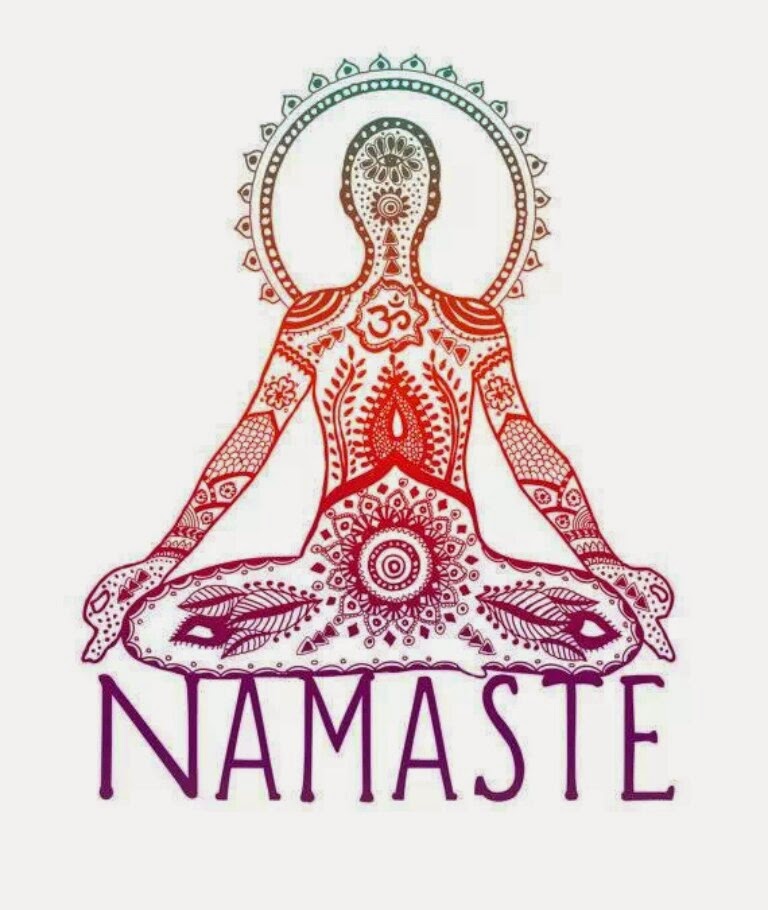- Uttanasana
Meaning
- Intense stretch
Benefits
- Stretches the hamstrings and back of the knees
- Reduces fatigue
- Calms the brain and relieves mild stress and anxiety
- Aids digestion by massaging the stomach and activating the liver and kidneys
- Good for asthma, osteoporosis and high blood pressure
Cautions
- Back injuries
- Hamstring injuries
Anatomy focus
- Lower body- Ankle dorsiflexion; Knee in neutral extension; Hip flexion
- Upper body- Neutral extension and lengthening of spine
Step by Step
- Start in Mountain pose (Tadasana) from last weeks breakdown
- Have the feet hip width apart and feel the eveness of the feet while gently spread the toes
- With the spine beautifully tall, start to hinge forward from the hips by leading with the sternum and tucking the abdominals towards the spine
- Stop when you start to feel your hamstring engage and keep the back as straight as you can, make sure your knees are not locking or hyperextending
- Breath here and let the stretch soften
 |
| First main stage of working into a deeper Uttanasana |
- Start to go further when you feel comfortable, keeping the back as straight as you can and stopping when it starts to round
- Feel free to bend the knees slightly if your hamstring are really tight or there is any niggling in the lower back
- Take the hands to the thighs, shins, ankles or floor
- Make sure you weight is still even throughout the whole of the foot and you're not leaning into the heels or toes too much (if you feel a lot of pressure in a certain area, gently shift your weight around to find the best position or widen your stance slight)
- Only go as far as comfortable and breath for as many breaths you like ( make sure nothing goes numb or you get pins and needles though!)
 |
| Uttanasana with bent knees to protect the hamstrings and lower back |
- To come out, bend the knees deeply, tuck the chin into the chest and roll the spine back up on an inhale
Easier Variations
- Stand near a wall with enough space to lean forward and place you hands on the wall and have your back parallel to the floor
- Start in Mountain once again
- Hinge forward at the hips, keeping the spine straight, tucking the abdominals towards the spine and place the hands on the wall
- Keep the knees are straight as possible but DON'T lock or hyperextend them
- Imagine yourself at a right angle and pressing equally through the hands and feet
- Breath for as long as possible, coming out the same ways as described above
 |
| My personal favourite way to practice a great quality Uttanasana before working deeper into the fold |
Difficult Variations
- Try taking the feet closer together (making sure theres no added pressure in the knees)
- Sink the chest towards the knees and almost let the belly sink in between top of the thighs
- Take the hands behind the feet on the floor and wrap the hands around the calves
- Drop the crown of the head towards the floor and look behind or close the eyes
Things to think about
- Feeling steady and grounded through the feet
- Feel the back of the legs reach for the sky while the torso is pulled down by gravity keeping the body in equilibrium









